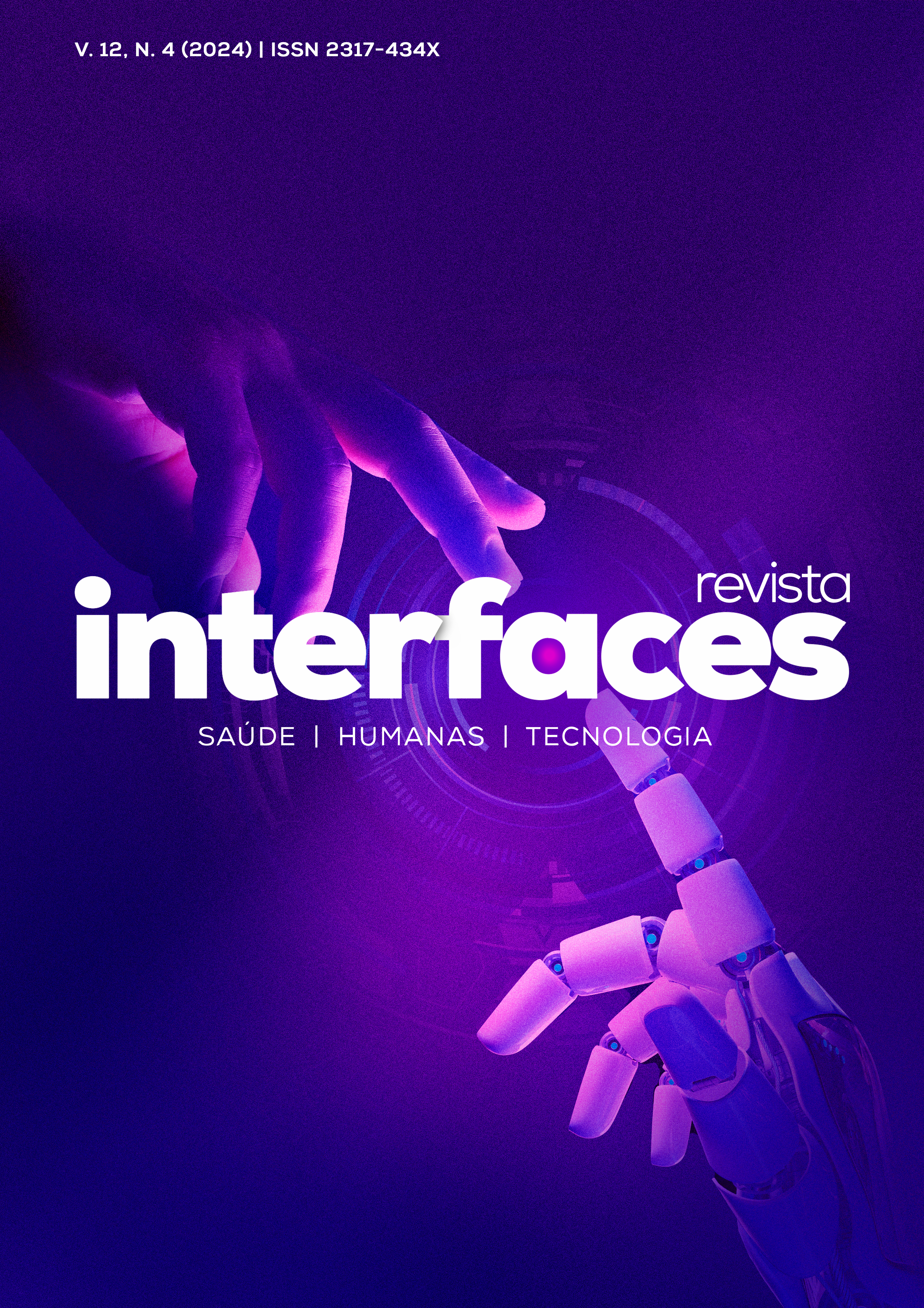DESEMPENHO ESCOLAR ASSOCIADO AO DESEMPENHO MOTOR E PERCEPÇÃO DE COMPETÊNCIA EM CRIANÇAS COM E SEM SINAIS DE RISCO PARA DISLEXIA
DOI:
https://doi.org/10.16891/2317-434X.v12.e4.a2024.pp4831-4849Keywords:
Autoeficácia, Dificuldades de aprendizagem, Desenvolvimento motorAbstract
The prevalence of poor learning at school is multifactorial. Among these factors, dyslexia has attracted the attention of educators and researchers in the field. The aim of this descriptive study was to empirically test an instrument developed to identify signs of risk for dyslexia in schoolchildren and to check for correlation with school performance, motor skills and perceived competence. The study participants were children of both genders with an average age of 7±0.7 years. The instruments used to achieve the research objective were the Checklist for Early Identification of Dyslexia Risk Signs (Seno, 2020), the School Performance Test (Teste de Desempenho Escolar) – Second Edition (TDE-II) (Stein, Fonseca & Giacomoni, 2019), the Test of Gross Motor Development - 3 (TGMD3) (Ulrich, 2013; Valentini, Zanella & Webster, 2017), and the Pictorial Scale of Perceived Competence and Social Acceptance (Harter & Pike, 1984; Valentini et al., 2020). Descriptive statistics were employed to describe the sample characteristics. Difference tests and network statistical analysis were applied to examine the behavior of variables according to the presence or absence of dyslexia risk. The results of this study provide important contributions to understanding the development of children with probable dyslexia diagnoses. Finally, the study suggests that in the early years of literacy education, the teaching of reading skills and the strengthening of children's actual and perceived motor competence should be prioritized, as these skills may predictors the efficiency of other skills necessary for child development.

